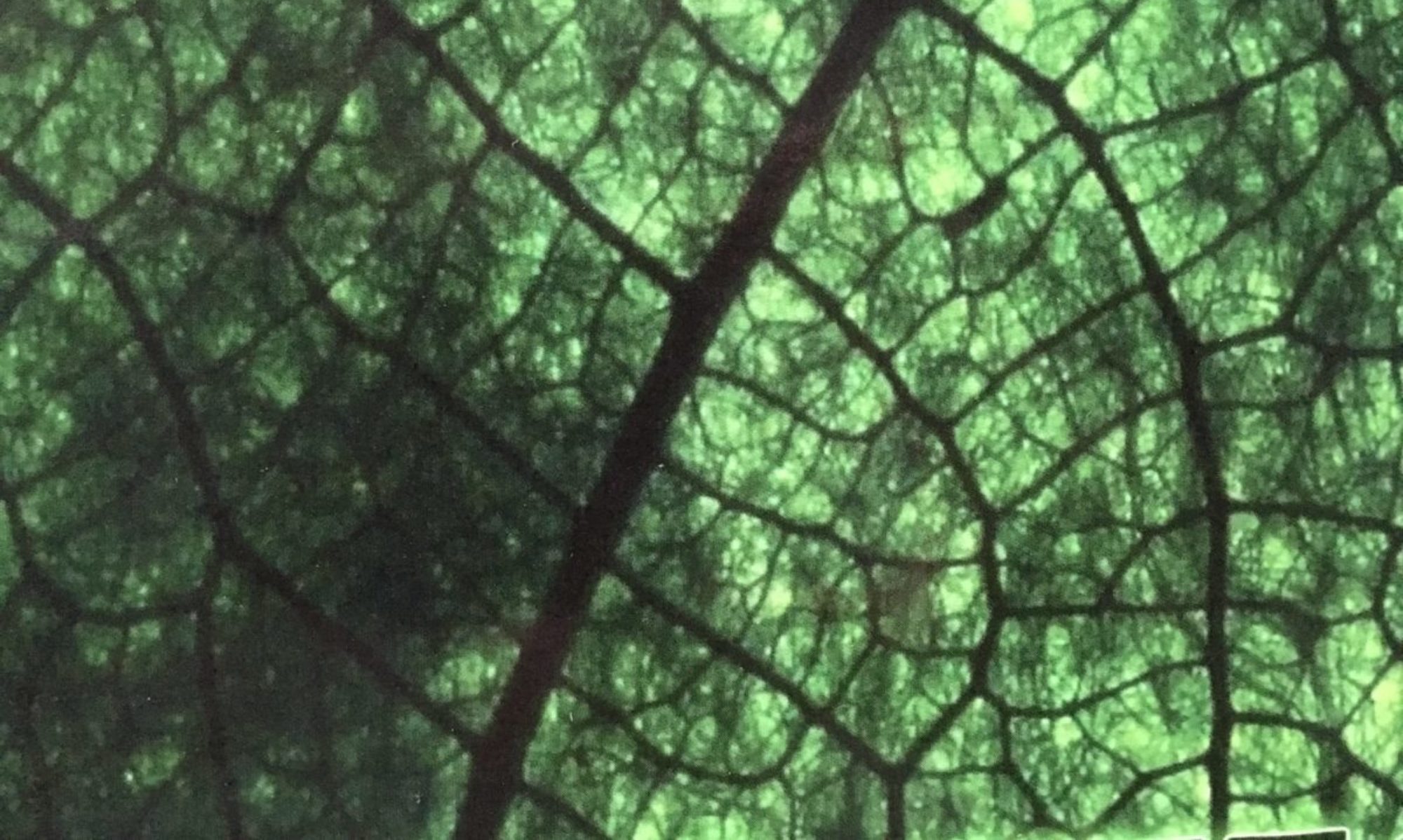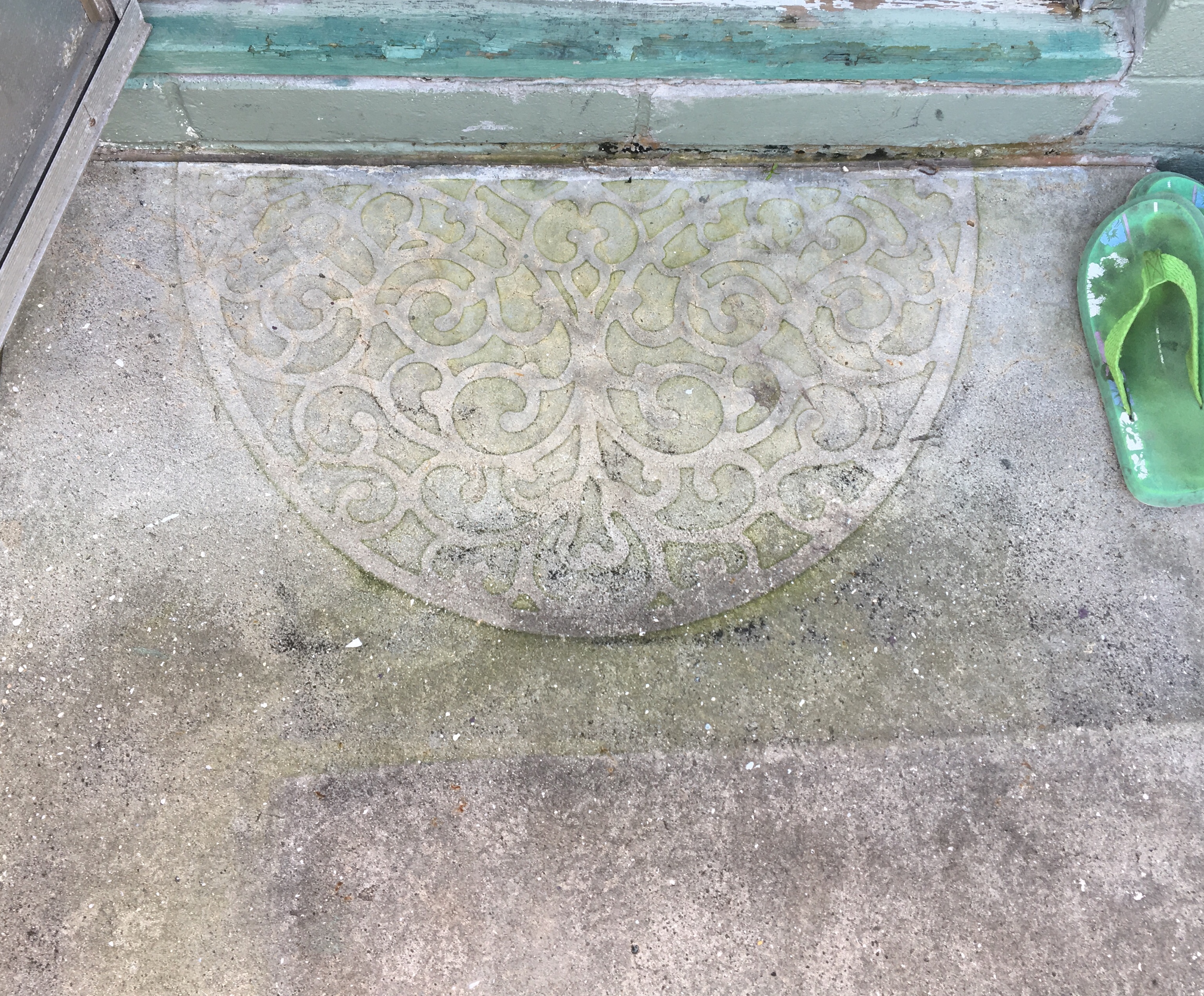Technical glitches can be a major time- and energy-drain. I suspect they are a significant contributor to our footprint, not only directly via additional consumption of fossil fuels, but indirectly via the emotional aggravation that has to be dealt with as we navigate our everyday lives. A technical glitch can be anything we encounter as we move through our day, be it a computer app, a car dashboard, a TV/DVD player, a microwave oven or anything else.
In the arena of social-media sharing and blog posting, which is where I spend the bulk of my working hours, a lot of the glitches seem to stem from the utter complexity of the software. By technical glitches here, I’m not necessarily talking about defects in software; I’m talking about USER DIFFICULTIES with software, arising from complexity of the software itself, which leads to extremely complex menus. In some cases the menus/software may be poorly designed, but I suspect that most of the time, the problem arises just from the sheer complexity, period.
On a fairly regular basis while writing this blog, I will suddenly find I can’t figure out how to fix something (such as how to get back a toolbox that suddenly disappeared, or how to copy and paste an excerpt from an article I’m linking, and have the font end up the same as the existing font of my blog — or at find the button or menu item that allows me to hand-format it so it is the same). At that point I will spend an hour or two, sometimes more, searching the user forums, techno magazine articles, and other places for answers. Often I find how to fix the glitch but sometimes I do not. Unless it is a major glitch, making a post unreadable, I will sometimes just end up letting it be, even though those few words in a different font drive me crazy, or even though I really need to get back to the “visual editor” so I can make boldfaced text because it belongs there. Another dimension to this is that processes/apps that are pretty easy to figure out on a laptop can behave weirdly on a smartphone, adding time and labor to our efforts. Big issue in social-media sharing and in blog posting.
Long story short: As a not-super-tech-savvy user, but a regular and steady user who relies heavily on publishing and social-media technology, I’m getting fairly fed-up with software complexity, and am more and more finding ways to do an end-run around it. I have a feeling there may be others like me, and that we will be gravitating toward the platforms that allow us to work very simply and easily, even if it means sacrificing a lot of fancy design features. I’m at the point where I just want to be able to type in courier and type BOLD before a word/phrase I want in boldface, and END BOLD at the end of the word. Clunky, but simple, and I don’t have to sift through endless user forum posts to find the needle in the haystack that may not be there.
In the past, it used to be easy to write in plain text, and then (when quoting an article or posting a link) copy and paste in plain text. Now, “advances” allow us to copy all of the text including formatting. But what’s not always so clear is how to keep doing the “simple” option, defaulting everything to plain unformatted text. Because sometimes the bells-and-whistles gum things up.
This is, actually, an eco footprint issue. Not just fossil energy, but also that all-precious commodity, human energy and attention. (Although human energy and attention, unlike the fossil variety, are renewable, it is foolish and perilous to squander them. And they are a significant part of our eco footprint equation.)
It would be enlightening to know how much energy is consumed by “searching for help when mysterious technical glitches hit.” (Be it a computer, smartphone, or some non-internet thing like a microwave oven or the controls of an automobile.)
Just as time-consuming, sometimes, is figuring out how to explain in words what is happening, to even be able to do a search. In my case, the “glitches” are surely often the result of my technical ineptitude and failure to notice icons and menus. But that just underscores my point, that in the world of social media and blogging there is a certain kind of “heavy user” who is NOT super-tech-savvy, but is a heavy user day in and day out. And is either not able or not willing to pay a professional web designer. And really, should I have to pay a professional designer just to type my thoughts and post them on a blog and not have anything weird happen? At the end of the day, the majority of users probably need things to be simple and consistently user-friendly more than we need them to be option-rich.
At the end of the day, I just want to share practical information with you, that’ll help you in your life and help all of us help the planet. If I have to do it on an antique typewriter someday, I will. If I have to “share social media” by tacking leaflets on a utility pole, or by standing on top of a milk-crate on a street corner, well, I’ve done it before, and I will again if need be. But I haven’t quite reached the end of my rope with online technology yet, and it is still the best way I know to really spread information and good practices. So I will continue to do the best I can to serve you via the online platforms. Thanks for reading this blog, and if you have actually been patient enough to read through this post and get it, thank you double!

